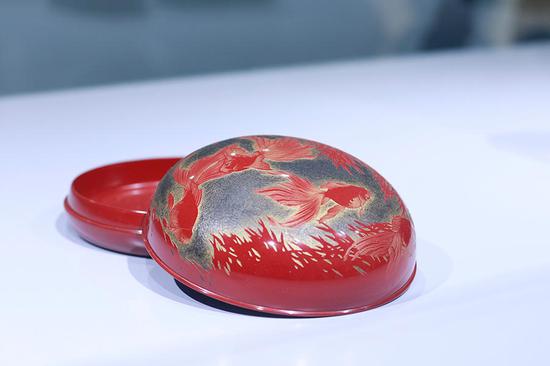American and Chinese scientists have discovered two new fatty acids in vegetable oils, potentially to be developed as high-quality lubricants.
The study published last month in the journal Nature Plants revealed that two acids, Nebraskanic acid and Wuhanic acid, made up nearly half of the seed oil found in Chinese violet cress, and named them after their discoverers, the University of Nebraska-Lincoln and Huazhong Agricultural University in China.
"People thought maybe they'd found everything there was to find," said Nebraska's Ed Cahoon, a George Holmes University Professor of biochemistry who co-authored the paper. "It's been at least several decades since somebody has discovered a new component of vegetable oil like this."
Fatty acids represent the primary components of vegetable oils, which are best known for their role in the kitchen, but have also found use in biodiesel fuels, lubricants and other industrial applications.
Most off-the-shelf vegetable oils, such as canola or soybean oil, contain the same five fatty acids. Those conventional fatty acids all contain either 16 or 18 carbon atoms and feature similar molecular structures, according to the researchers.
By contrast, Nebraskanic and Wuhanic rank among a class of "unusual" fatty acids that contain fewer or more carbon atoms and uncommon molecular branches that stem from those carbons. They both have 24 atoms.
All known fatty acids generally add two carbon atoms at the end of a four-step biochemical cycle, then continue doing so until assembly is complete.
But the Nebraskanic and Wuhanic acids seem to go in a way rarely if ever seen outside of certain bacteria. Both acids appear to follow the traditional script until adding their 10th pair of carbon atoms, says Cahoon.
After reaching that milestone, though, the acids appear to skip the last two steps of the four-step cycle, twice cutting short the routine to accelerate the addition of the 11th and 12th carbon pairs.
The process also leaves behind an oxygen-hydrogen branch, or hydroxyl group, in the fatty acid chain, according to the study.
"We believe that the fatty acids are linked to one another through the hydroxyl groups to form a complex matrix of fatty acids, which is quite different from how fatty acids are arranged in a typical vegetable oil," says Cahoon.
That unique assembly and structure could account for the corresponding oil's superior performance as a lubricant, which was tested at the University of North Texas.
Compared with castor oil, the violet cress oil reduced friction between steel surfaces by 20 percent at 25 C and by about 300 percent at 100 C.


















































